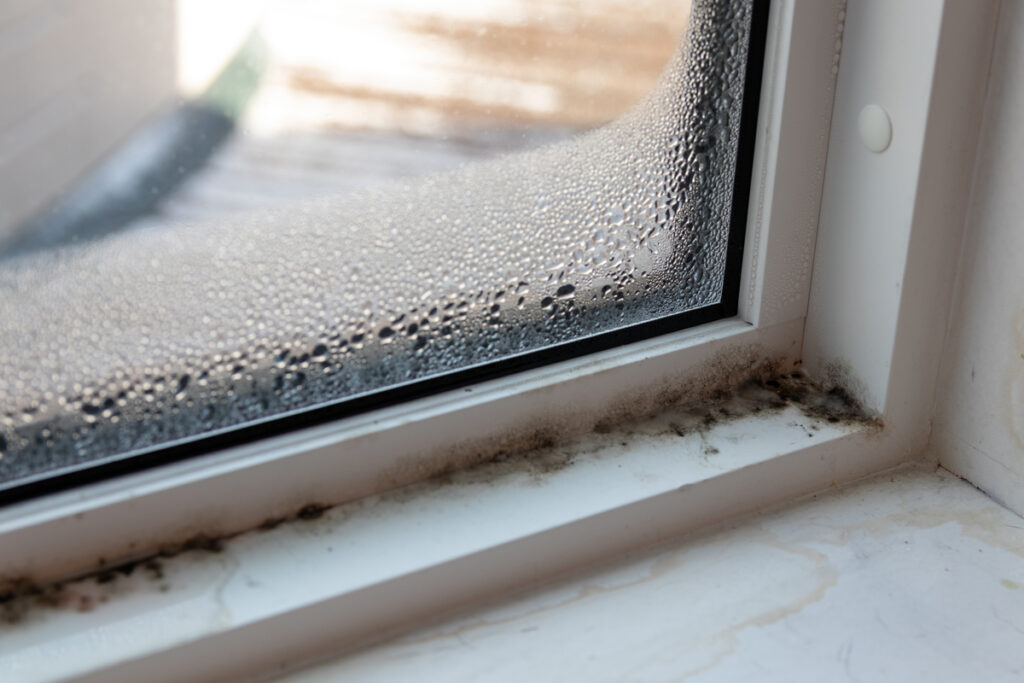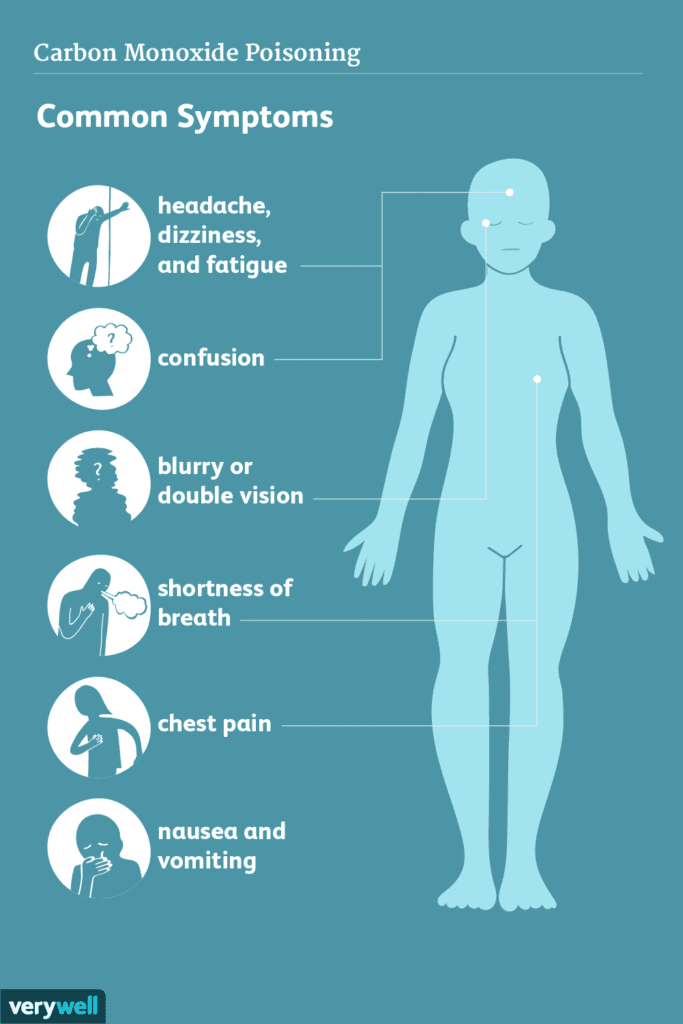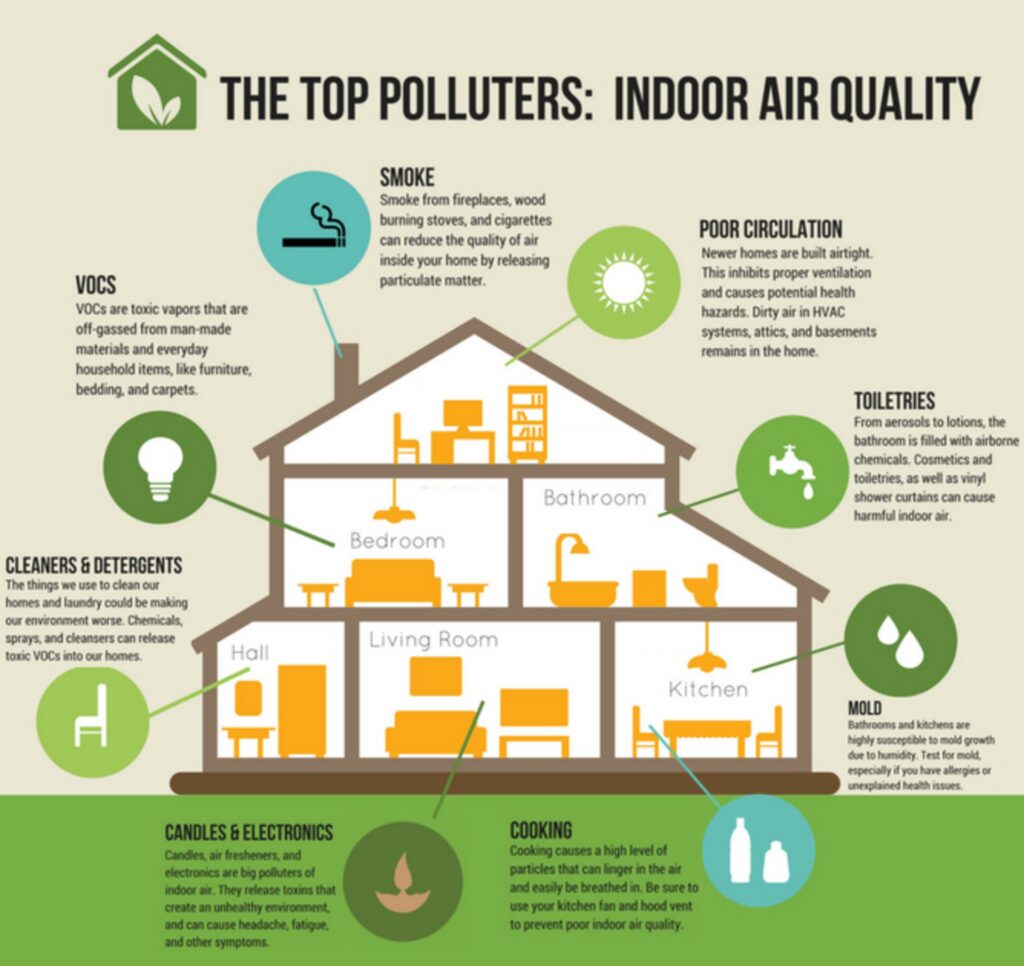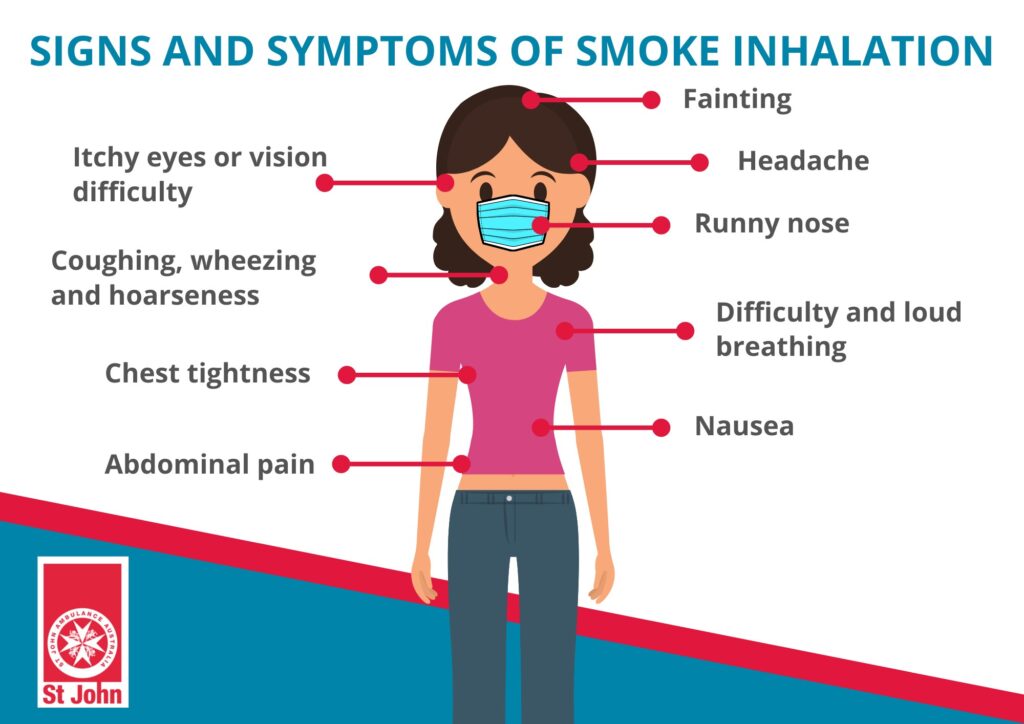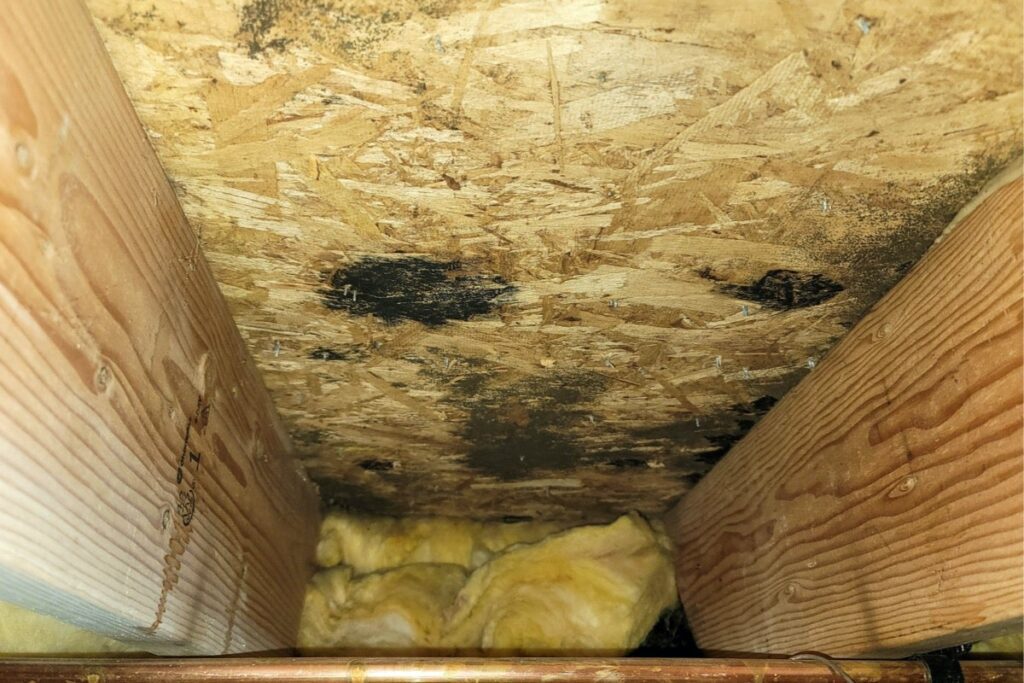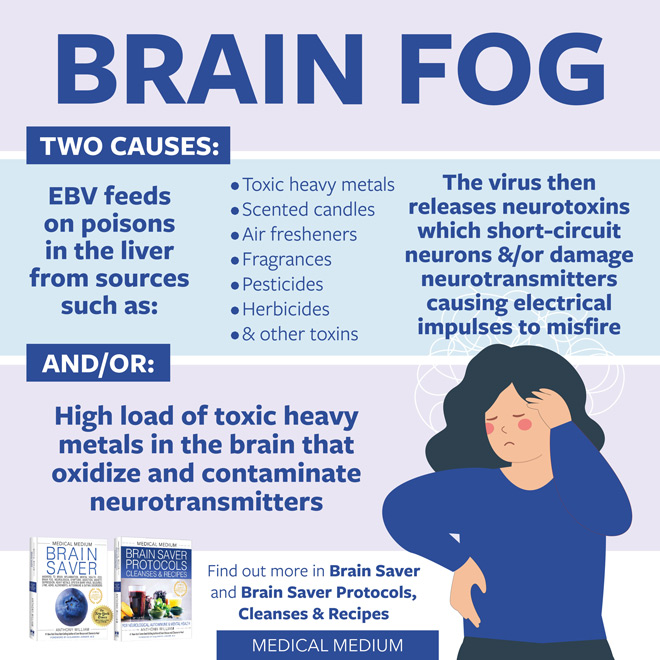Welcome to our guide on OSHA regulations for indoor air quality. As a business owner, you are responsible for ensuring a safe work environment for your employees, and this includes maintaining good indoor air quality. But you may be wondering, does OSHA regulate indoor air quality? Let’s take a closer look at OSHA’s role in workplace safety and health standards and how it pertains to indoor air quality regulation.
Key Takeaways:
- OSHA plays a crucial role in regulating workplace safety and health standards
- Indoor air quality is an important aspect of workplace safety that OSHA regulates
- Complying with OSHA regulations for indoor air quality can benefit both employers and employees
Understanding OSHA and Its Regulatory Authority
As an employer, it’s important to understand the role and authority of the Occupational Safety and Health Administration (OSHA) when it comes to indoor air quality in the workplace. OSHA is responsible for setting and enforcing workplace health and safety standards to protect workers from hazards that can cause injury or illness.
OSHA’s guidelines for indoor air quality are part of their broader regulatory authority to create and enforce workplace safety and health standards. Their requirements for indoor air quality aim to ensure that workplaces have clean, healthy air for workers to breathe.
OSHA indoor air quality regulations apply to all types of indoor workplaces, including offices, factories, warehouses, and other environments where workers may be exposed to harmful air pollutants. Compliance with OSHA regulations is mandatory, and failure to adhere to them can result in significant penalties.
In addition to setting standards for indoor air quality, OSHA also provides guidance and resources to help employers comply with regulations and create safe working environments. This includes information on proper ventilation, indoor air quality testing, and other strategies to maintain clean and healthy air in the workplace.
By understanding OSHA’s guidelines and requirements for indoor air quality, you can help ensure that your workplace is a safe and healthy environment for all employees. Compliance with OSHA regulations not only protects workers from harmful pollutants, but it can also help you avoid costly fines and legal issues.


The Importance of Indoor Air Quality
As an employer, it’s essential to prioritize the indoor air quality of your workplace. Poor indoor air quality can have serious health consequences for your workers, ranging from respiratory issues, headaches, fatigue, and aggravated allergies. In severe cases, it can even lead to chronic health conditions such as asthma.
Complying with OSHA regulations for indoor air quality is crucial to keep your workers safe and healthy. By doing so, you not only fulfill your legal obligations but also improve the productivity and well-being of your employees.


Good indoor air quality not only benefits your workers but also your business. It creates a healthier work environment, which reduces sick days and absenteeism. It also boosts morale and employee satisfaction, which can increase productivity and retention rates.
Moreover, complying with OSHA regulations for indoor air quality can protect your business from legal liabilities and financial penalties. Failure to meet OSHA standards can result in inspections, citations, and fines, and even lead to costly lawsuits from affected workers.
By prioritizing indoor air quality and complying with OSHA regulations, you can create a safer and healthier workplace for your workers while ensuring your business’s success and longevity.
OSHA’s Approach to Indoor Air Quality Regulation
OSHA has established specific guidelines and standards that businesses must follow to ensure safe and healthy indoor air quality in the workplace. These regulations apply to all covered employers, regardless of the size or industry of their business.
One of the key principles of OSHA’s approach to indoor air quality control is the prevention of exposure to hazardous substances. OSHA requires employers to identify potential sources of pollutants and take steps to eliminate or control them.
In addition, OSHA requires employers to provide adequate ventilation to ensure a fresh air supply and reduce the concentration of pollutants in the air. Ventilation systems must be maintained and operated properly to ensure their effectiveness.
OSHA also sets standards for acceptable levels of indoor air pollutants, including carbon monoxide, asbestos, and lead. Employers must monitor these levels and take action if they exceed OSHA’s limits.
To ensure compliance with OSHA regulations for indoor air quality, businesses must develop and implement an indoor air quality management plan. This plan should include regular inspections and maintenance of ventilation systems, as well as regular testing of air quality. It should also include procedures for promptly addressing any indoor air quality issues that arise.
By following OSHA’s approach to indoor air quality regulation, businesses can ensure that their workers are breathing clean air and are protected from harmful pollutants. Additionally, complying with these regulations can help businesses avoid costly fines and protect their reputation.


OSHA Indoor Air Quality Standards
OSHA sets specific standards for indoor air quality to ensure a healthy and safe workplace environment. The standards are based on factors such as the type of industry, the pollutants present, and the potential health risks. Employers are required to comply with these standards to protect their workers from illnesses caused by poor indoor air quality.
The primary OSHA standard for indoor air quality is found in the General Duty Clause of the Occupational Safety and Health Act. This clause requires employers to provide a workplace free from recognized hazards that could cause harm or death to employees. Poor indoor air quality is considered a recognized hazard and is therefore covered under this clause.
In addition, OSHA has established specific standards for several indoor air pollutants, including:
| Indoor Air Pollutant | OSHA Standard |
|---|---|
| Carbon monoxide | 35 ppm (parts per million) over an 8-hour workday |
| Asbestos | 0.1 fibers per cubic centimeter over an 8-hour workday |
| Lead | 50 µg/m3 (micrograms per cubic meter of air) over an 8-hour workday |
It is important for employers to understand and comply with these indoor air quality standards to keep their workers safe and avoid penalties for non-compliance. By providing a clean and healthy workspace, employers can also improve their employees’ productivity and overall satisfaction.


Ensuring Compliance with OSHA Indoor Air Quality Standards
Complying with OSHA indoor air quality standards can seem daunting, but it’s essential for the safety and well-being of your employees. Here are some practical tips to ensure compliance:
- Evaluate your workplace: Assess the potential sources of indoor air pollution in your workplace, such as dust, chemicals, and poor ventilation. This will help you determine which OSHA standards apply to your business.
- Implement an indoor air quality management plan: Develop and follow a plan to maintain good air quality in your workplace. This should include regular inspections, maintenance of ventilation systems, and monitoring of pollutant levels.
- Train your employees: Educate your staff on the importance of good indoor air quality and train them on how to operate and maintain ventilation systems properly. Encourage them to report any indoor air quality issues promptly.
- Stay up-to-date: Keep track of updates and changes to OSHA regulations for indoor air quality and adjust your management plan accordingly.
Ensuring compliance with OSHA indoor air quality standards not only protects your employees but also helps avoid costly penalties for non-compliance during an OSHA inspection. By taking proactive steps to maintain good indoor air quality, you can create a safer and healthier workplace environment.


Common Indoor Air Quality Issues and Solutions
Ensuring indoor air quality in your workplace is not just a matter of compliance with OSHA guidelines for indoor air quality. It’s also important for the health and well-being of your employees. Poor indoor air quality can lead to health issues such as headaches, fatigue, respiratory problems, and more. Fortunately, there are solutions to common indoor air quality issues that you can implement to improve your workplace environment.
One of the most effective ways to improve indoor air quality is through proper ventilation. OSHA guidelines for indoor air quality recommend that workplaces maintain a proper ventilation system to ensure good air flow. This can involve the use of mechanical ventilation systems, such as HVAC, or natural ventilation such as open windows and doors. By maintaining good ventilation in your workplace, you can reduce the concentration of harmful airborne particles and improve the overall quality of the air.
Filtration is another important strategy for maintaining good indoor air quality. Proper filtration can help remove particles such as dust and pollutants from the air, reducing the risk of health problems for employees. OSHA guidelines for indoor air quality recommend using efficient air filters and changing them regularly to maintain their effectiveness.
Humidity levels can also impact indoor air quality. High humidity levels can lead to the growth of mold and bacteria, which can cause health problems for employees. OSHA guidelines for indoor air quality recommend maintaining humidity levels between 30-60% to prevent mold growth. You can use dehumidifiers and air conditioning units to regulate humidity levels in your workplace.
Finally, it’s important to regularly clean and maintain your workplace to prevent indoor air quality issues. This can involve cleaning dust and debris from ventilation systems, replacing filters, and ensuring that all sources of pollution are properly contained or removed. By taking these steps, you can help maintain good indoor air quality and ensure the health and well-being of your employees.


Implementing these strategies can help you comply with OSHA regulations for indoor air quality and improve the health and productivity of your employees. By prioritizing indoor air quality, you can create a safer and healthier workplace environment for everyone.
OSHA Inspections and Enforcement
If you’re wondering how OSHA ensures compliance with indoor air quality regulations, this section will give you a clearer picture. OSHA conducts inspections to assess whether a workplace is complying with its guidelines for indoor air quality. Inspections are typically conducted if there is a complaint, an imminent danger, or a severe accident.
During inspections, OSHA compliance officers will look for specific air quality hazards, such as elevated levels of carbon monoxide, mold, or asbestos. If these hazards are identified, the employer is notified and given a timeframe to correct them. Failure to correct these hazards in a timely manner may result in penalties and fines.
Enforcement of indoor air quality regulations is a critical component of OSHA’s mission to protect workers. Employers have a responsibility to provide a safe and healthy workplace, and OSHA is there to ensure that they do so. By complying with OSHA regulations for indoor air quality, you can help ensure a safe environment for your employees and avoid costly penalties.
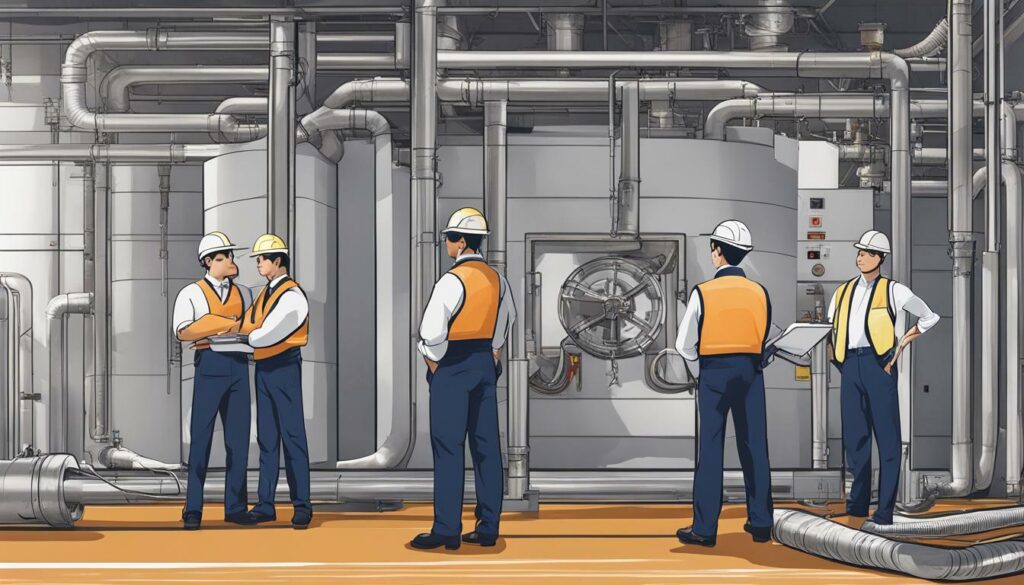

Benefits of Complying with OSHA Regulations
By actively implementing OSHA requirements for indoor air quality, you can significantly improve the health and well-being of your employees. Prioritizing good indoor air quality goes beyond compliance; it shows that you care about your workers’ health and safety.
Complying with OSHA regulations can also lead to increased productivity, reduced absenteeism, and improved employee morale. Workers who are not exposed to poor indoor air quality are less likely to experience health issues, which can result in fewer sick days and more productive workdays. Additionally, providing a safe and healthy work environment can boost employee satisfaction and positive workplace culture.
Another advantage of complying with OSHA regulations for indoor air quality is reducing liability. Employers who fail to comply with OSHA regulations may be subject to penalties and legal action. By following OSHA requirements, you can prevent legal issues, fines, and reputational damage that could negatively impact your business.
Finally, complying with OSHA regulations can enhance your reputation as a responsible and conscientious employer. By prioritizing the health and safety of your workers, you can position your business as a leader in your industry. Customers and stakeholders are more likely to support and trust companies that prioritize their employees’ well-being.
Overall, prioritizing compliance with OSHA regulations for indoor air quality can benefit your business in various ways, including improved health and productivity, reduced liability, and enhanced reputation.


Conclusion
In conclusion, OSHA regulations play a crucial role in maintaining good indoor air quality in the workplace. As an employer, it is your responsibility to ensure that your workers are breathing in safe and healthy air. By complying with OSHA regulations for indoor air quality, you can not only improve the health and productivity of your workers, but also reduce your liability and enhance your reputation.
Remember that indoor air quality issues can arise for various reasons, such as poor ventilation and inadequate filtration. To ensure compliance with OSHA regulations, it is important to take proactive measures to improve indoor air quality in your workplace. This may include regular maintenance of HVAC systems, the use of air purifiers, and monitoring indoor air quality levels.
By prioritizing indoor air quality and taking practical steps to maintain a safe and healthy environment for your workers, you can help ensure that your workplace is a safe and productive place to be. Thank you for taking the time to read this helpful guide on OSHA regulations for indoor air quality.
FAQ
Q: Does OSHA regulate indoor air quality?
A: Yes, OSHA has regulations in place to ensure safe and healthy indoor air quality in workplaces.
Q: What are OSHA’s guidelines for indoor air quality?
A: OSHA has established guidelines and requirements to maintain good indoor air quality, including proper ventilation, filtration, and control of air contaminants.
Q: Why is indoor air quality important?
A: Maintaining good indoor air quality is crucial for the health and well-being of workers. Poor indoor air quality can lead to respiratory issues, allergies, and other health problems.
Q: How does OSHA regulate indoor air quality?
A: OSHA regulates indoor air quality through specific standards and guidelines. They set parameters and thresholds for air quality and enforce compliance through inspections and enforcement actions.
Q: What are OSHA’s indoor air quality standards?
A: OSHA has established indoor air quality standards that vary based on the type of workplace. These standards cover parameters such as acceptable levels of contaminants, ventilation requirements, and temperature control.
Q: How can businesses ensure compliance with OSHA’s indoor air quality standards?
A: Businesses can ensure compliance by implementing proper ventilation systems, regular maintenance of HVAC systems, effective filtration methods, and monitoring air quality to meet OSHA standards.
Q: What are common indoor air quality issues in workplaces and how can they be resolved?
A: Common indoor air quality issues include inadequate ventilation, poor filtration, and the presence of airborne contaminants. These issues can be addressed through proper ventilation, regular maintenance, and use of air purification systems.
Q: How does OSHA conduct inspections and enforce indoor air quality regulations?
A: OSHA conducts inspections to assess compliance with indoor air quality regulations. Employers should be prepared for inspections, maintain records, and rectify any violations promptly to avoid penalties.
Q: What are the benefits of complying with OSHA regulations for indoor air quality?
A: Complying with OSHA regulations for indoor air quality leads to improved worker health, increased productivity, reduced liability, and a positive reputation for businesses.


